Rivers, the veins of our Country
Case studies of First Nations involvement in managing water for the environment in the Murray-Darling Basin, 2018-19
Case studies of First Nations involvement in managing water for the environment in the Murray-Darling Basin, 2018-19

Acknowledgement of the Traditional Owners of the Murray–Darling Basin
The government agencies involved would like to acknowledge and pay respect to the Traditional Owners of the Murray–Darling Basin and their Nations, who have a deep cultural, social, environmental, spiritual and economic connection to their lands and waters. They understand the need for recognition of Traditional Owner knowledge and cultural values in natural resource management in the Basin. It is hoped that by continuing to work closely with Traditional Owners and First Nations People we can help in the journey to heal the land, Country and Peoples of the Basin.
Aboriginal people should be aware that this publication may contain images, names or quotations of deceased persons.
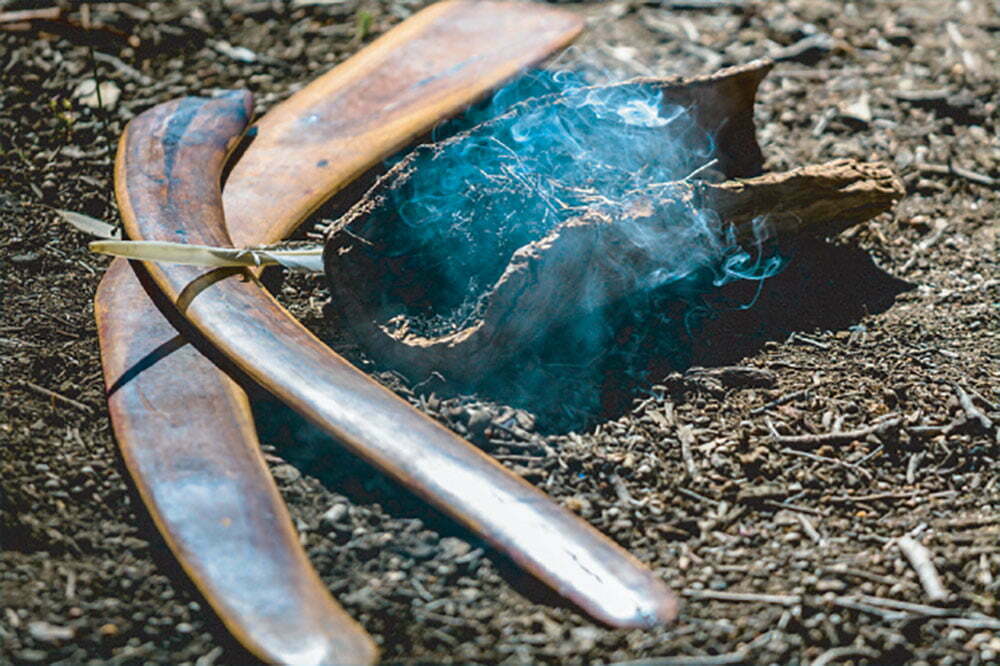
Image: Smoking ceremony, NRA (Photo source: M.Turner, NFSA)
Introduction
This web page is a collection of short stories. True stories who’s narrative demonstrates the deep connection individuals and communities have to water and rivers. Additionally, these stories (or ‘case studies’) show how First Nations peoples are working across the Basin to achieve shared cultural and environmental benefits through the delivery of water for the environment. These stories have been developed in collaboration between the First Nations, the states and Commonwealth agencies from across the Murray-Darling Basin.
We want to acknowledge and thank everyone who has worked on implementing the case study projects and shared their stories with us: the First Nations from cross the Murray-Darling Basin, the Murray Lower Darling River Indigenous Nations, the Northern Basin Aboriginal Nations and government agencies. Additionally, we would like to thank the state and Commonwealth agencies who manage water for the environmental and supported the implementation of the projects. Including: Commonwealth Environmental Water Office, Victorian Environmental Water Holder, Victorian Department of Environment, Land, Water and Planning, NSW Department of Planning, Industry and Environment, SA Department of Environment and Water and the Murray-Darling Basin Authority (specifically The Living Murray program).

“If the water is healthy, Country is healthy. If Country is healthy then the People and Culture will be healthy”
– Brad Moggridge, Kamilaroi man1
1 Adapted from Moggridge B 2010, Aboriginal Water Knowledge & Connections, in: Water and its Interdependencies in the Australian Economy, 22 to 23 June 2010, Australian Academy of Technological Sciences and Engineering, Sydney.
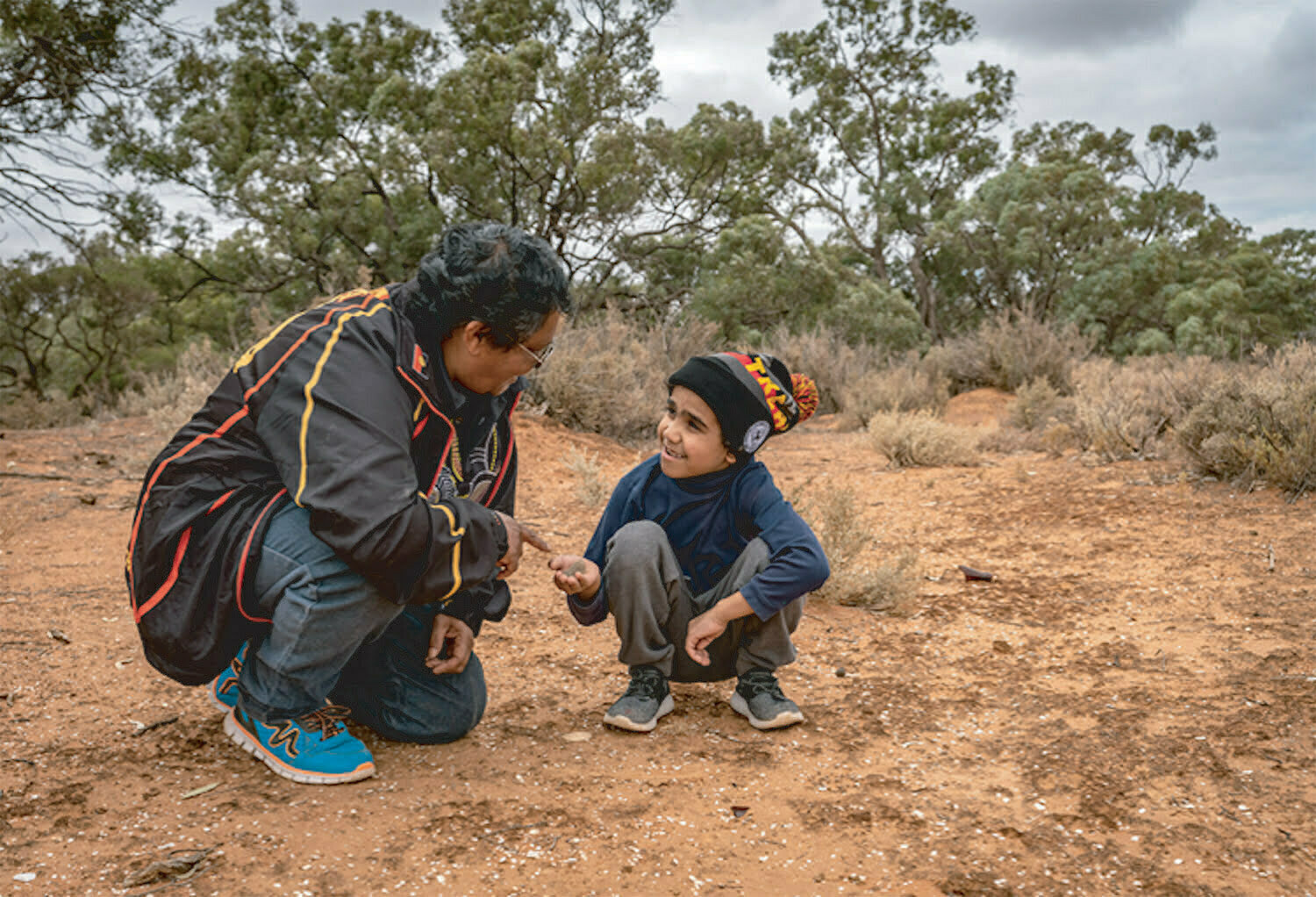
Image: Elders transferring knowledge to the next generation (Photo source: Mallee CMA)
Cultural importance of healthy rivers and water
First Nations people have an intricate and enduring connection to water. Cultural traditions, stories and knowledge are entwined in First Nations custodianship of water resources. First Nations people have, through tradition, lore and custom and over thousands of generations, inherent rights, interests and expertise in managing land and water sustainably. Caring for Country and water is fundamentally linked to the maintenance of good health and wellbeing of First Nations people (Figure 1). The case studies presented reflect how these intricate relationships are incorporated into the management of water for the environment across the Murray-Darling Basin.
The case studies presented here highlight some of the most significant cultural and environmental outcomes and challenges of First Nations involvement in planning, delivery and monitoring of water for the environment, including:

Figure 1: An Indigenous Australian view of the relationship between water, environment, culture and people.1
Importantly, these outcomes are not unique or specific to each case study. Connection to Country, sharing of knowledge, mutual respect and an appreciation of the need to care for our environment are woven throughout each story. There is also the celebration of Culture, as traditions which have persisted for tens of thousands of years are given the opportunity to continue. These case studies are in many instances the product of years of engagement — a decade in some cases — where relationships between agency staff and First Nations people have been built on respect for each other and Country. There is also a strong sense of collaboration across agencies and First Nation groups. Agency staff continue to strive to ensure engagement is respectful, culturally appropriate and undertaken using protocols of free, prior and informed consent.
Progress has been made but there is still a long way to go. The case study for the Chowilla Floodplain provides views from two First Nation Elders about ways that engagement could be improved and some proposed forward steps. We are reminded that engagement should be from the start, with two-way sharing of information. Opportunities to have conversations on-Country should continue to be pursued. The Barmah case study reminds us that since colonisation, information has been lost and can sometimes only be found in museums, or in the opportunities for knowledge to be shared from Elders to young people. Engagement opportunities which allow these exchanges and re-learning and practicing of culture, can help inform the healing of Country and people. Additionally, in drought conditions like those currently experienced across the Basin, it becomes more important to work with and learn from Aboriginal people in how we manage water for the environment.

Image: Scar tree health monitoring, Chowilla floodplain (Photo by Dept of Environment and Water)
What is water for the environment?2
Though water for the environment can mean any water in a river or wetland that benefits the environment, when we talk about ‘water for the environment’ (or ‘environmental water’) we are referring to water that’s set aside in storages such as reservoirs and dams which is managed for plants and animals.
Many river systems have been modified as the Basin population has grown and water has been provided to towns, industry and food production. Instead of water flowing naturally through the landscape, water is now captured in dams and weirs, and then delivered via pipes and man-made channels.
These changes have interrupted many of the natural river and wetland processes needed by native plants and animals to survive, feed and breed. Water for the environment improves the health of rivers, wetlands and floodplains.
Healthy rivers benefit all river users and are vital to our economy as well as underpinning community and cultural health and wellbeing.
For more information, please visit www.mdba.gov.au/managing-water/water-for-environment
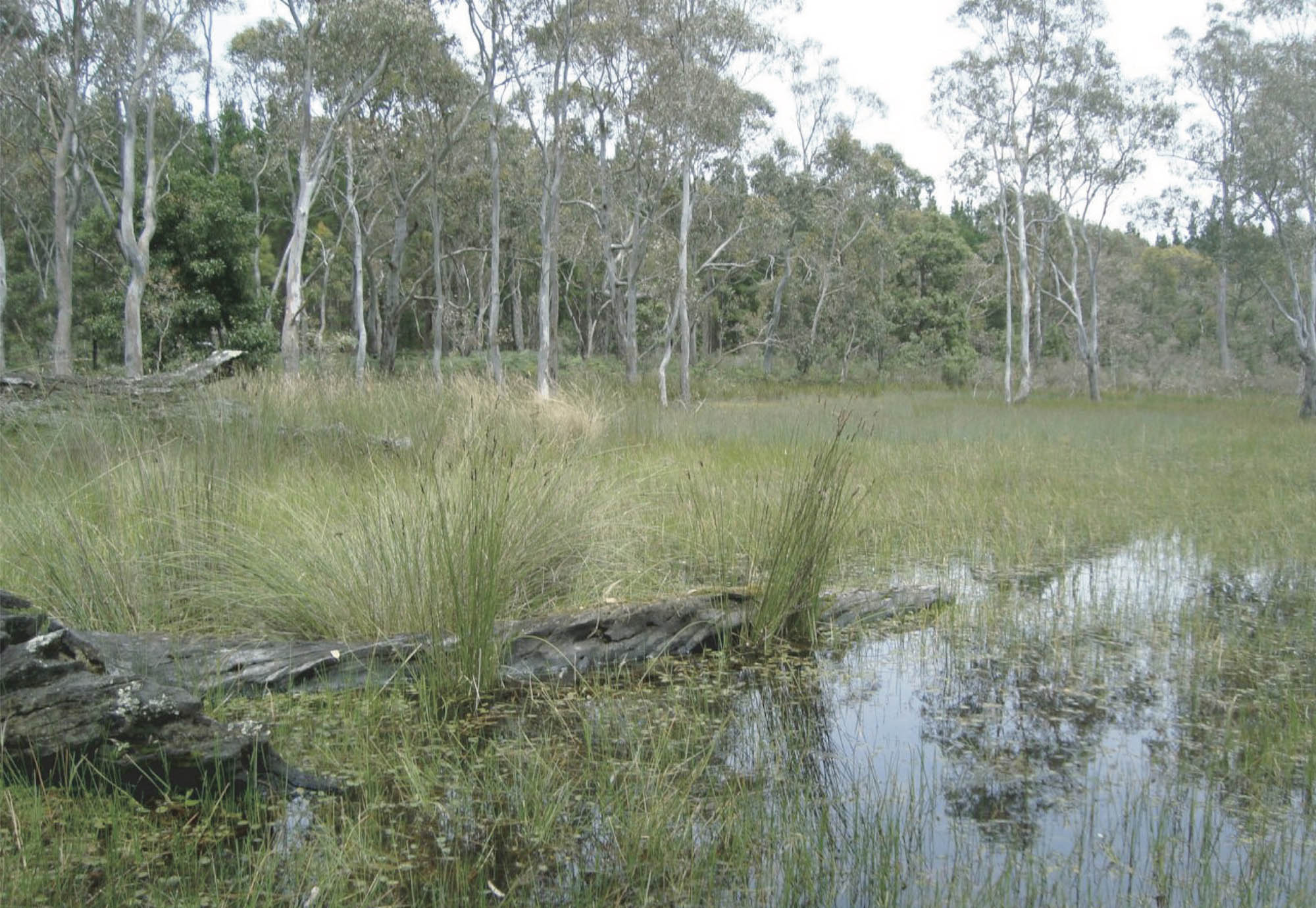

Image: Healthy Carex tereticaulis due to water for environment (photo by South Australian Seed Conservation Centre)
Who manages water for the environment?2
Management of water for the environment involves a range of people and organisations, including local communities, waterway managers (Catchment Management Authorities and Local Land Services), storage managers (water corporations), environmental water holders3, land managers and scientists.
The management ‘cycle’ starts with scoping of potential environmental watering activities and environmental objectives in a particular region for that year. We then prioritise where the finite amount of available water for the environment is best used across the Basin, and then deliver the water at the right time, and in the right amount, to meet our objectives.
Current climatic and environmental conditions always influence decisions to deliver the water.
For more information, please visit www.mdba.gov.au/managing-water/water-for-environment
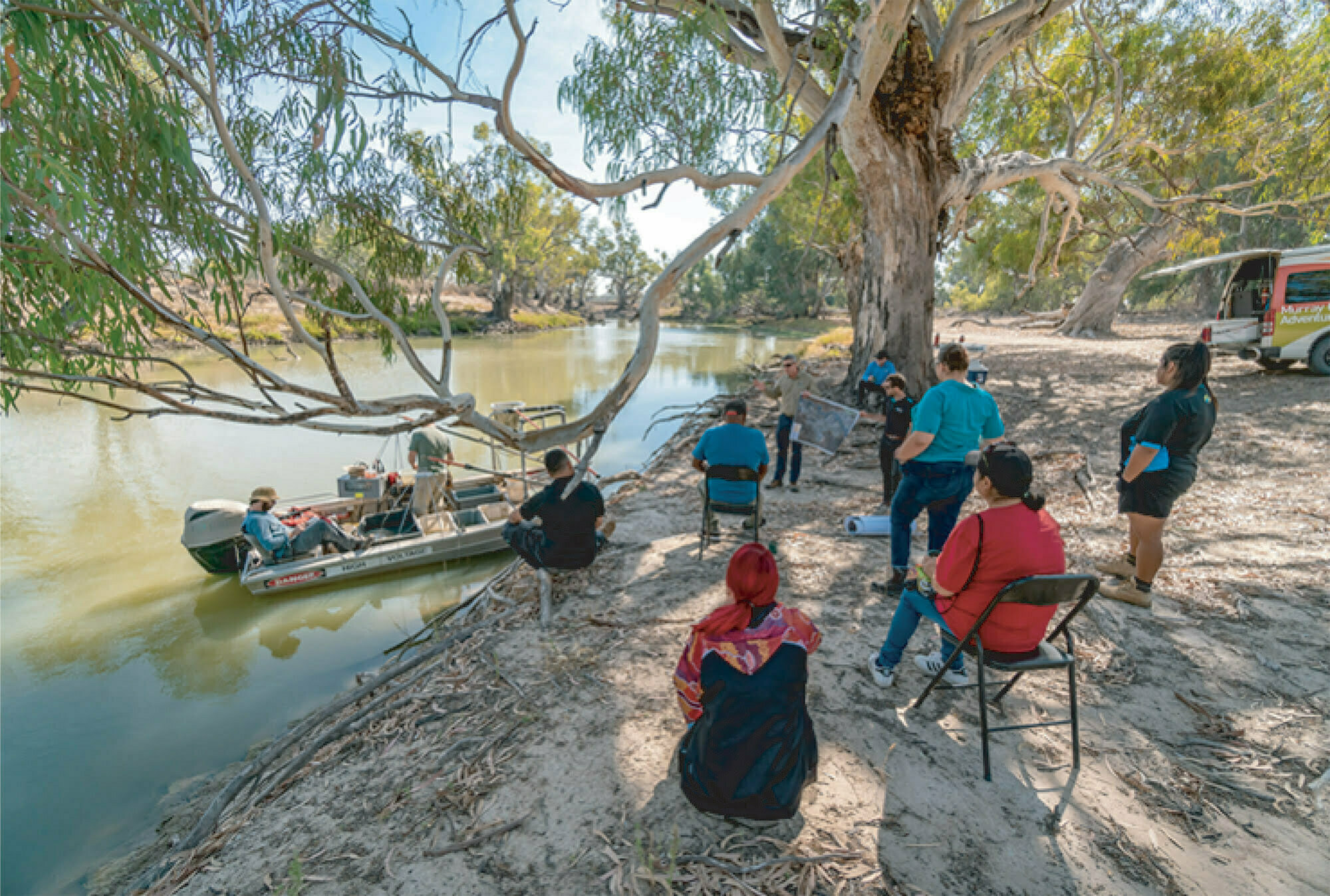
Image: Mallee CMA staff and Indigenous community undertaking TLM fish monitoring tour, (photo by Mallee CMA)
2 https://www.vewh.vic.gov.au/
3 Five environmental water holders have contributed to this document: Commonwealth (CEWH), Victoria (VEWH), NSW DPIE, SA DEW, and joint governments delivering The Living Murray initiative.”
Case studies of engagement
The following case studies provided by First Nations people and environmental water holders demonstrate a range of engagement undertaken with First Nations people and some of the benefits and outcomes achieved through involvement in the planning and delivery of water for the environment.
While there are many more potential case studies, these ones have been chosen as a cross-section sample to represent watering events across the Basin, and to showcase a range of engagement approaches and benefits.
Importantly, several of these case studies have been written by First Nations people, providing an opportunity to share their stories.
We will be adding more stories to this collection over the next few months.
Download ‘Rivers, the veins of our Country’
Get a copy of the collection of short stories that demonstrates the deep connection individuals and communities have to water and rivers. Additionally, these stories (or ‘case studies’) show how First Nations peoples are working across the Basin to achieve shared cultural and environmental benefits through the delivery of water for the environment.
Hard copies available: If you would like a hard copy of ‘Rivers, the veins of our Country’, please send an email to engagement@mdba.gov.au. We only have 200 to share so first in gets a copy 🙂
Thank you
The effective management of water for the environment relies on the contributions and efforts of many land and water organisations and communities across the Basin.
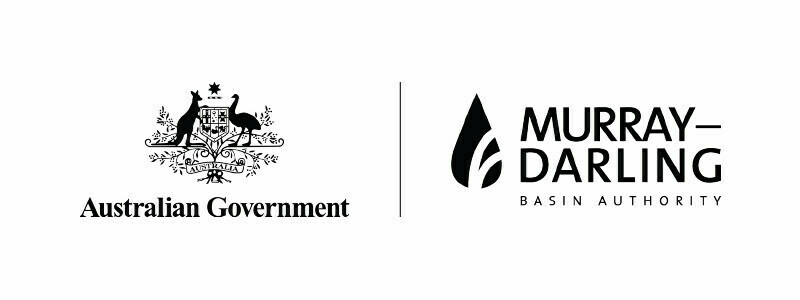


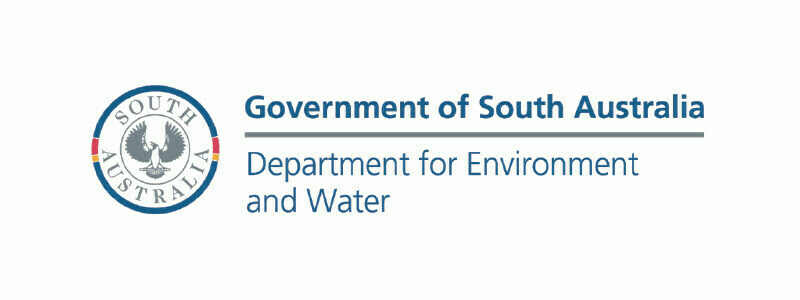
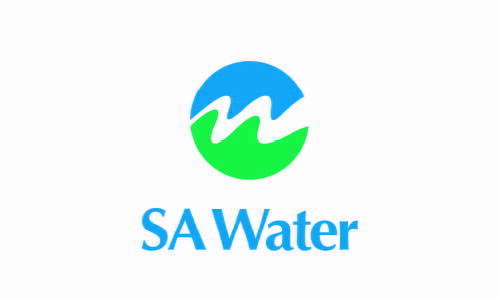
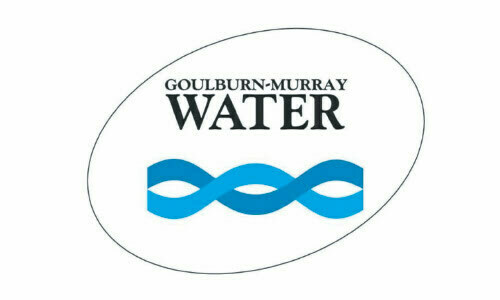

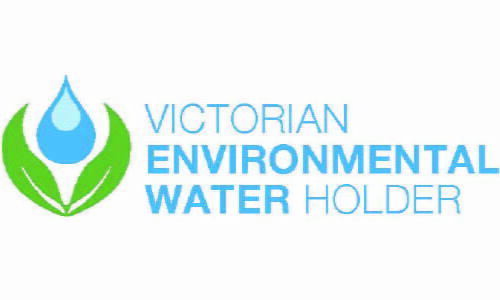
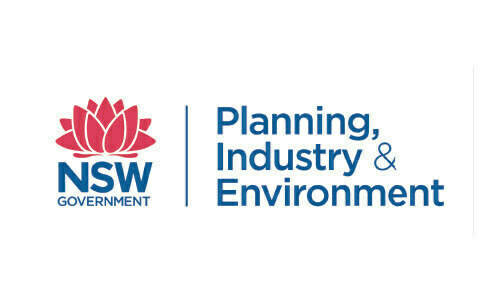
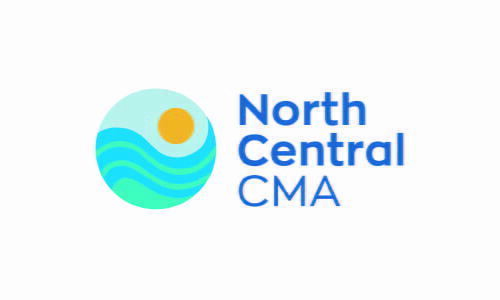

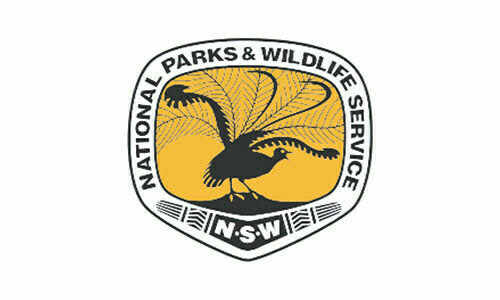
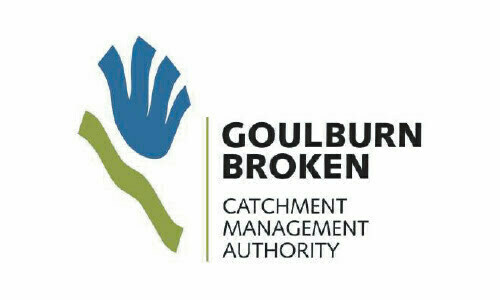

Attributions
Graphic design (fonts, colours and style): IB.Creative
Feature photo: Barmah Lake (photo by GBCMA)
Website design: Australian River Restoration Centre
© Commonwealth of Australia 2019
With the exception of the Commonwealth Coat of Arms, this work is licensed under the Creative Commons Attribution 4.0 International License.
To view a copy of this license, visit https://creativecommons.org/licenses/by/4.0
To the extent that copyright subsists in a third party, permission will be required from the third party to reuse the material. The page on this content must be attributed as “Rivers, the veins of our Country: Ten case studies of First Nations involvement in managing water for the environment in the Murray-Darling Basin”.
Material used ‘as supplied’
Provided you have not modified or transformed the material in any way (including, for example, by changing the text, calculating percentage changes, graphing or charting data, or deriving new statistics from published statistics), the Murray–Darling Basin Authority (MDBA) prefers the following attribution:
Source: The Murray–Darling Basin Authority